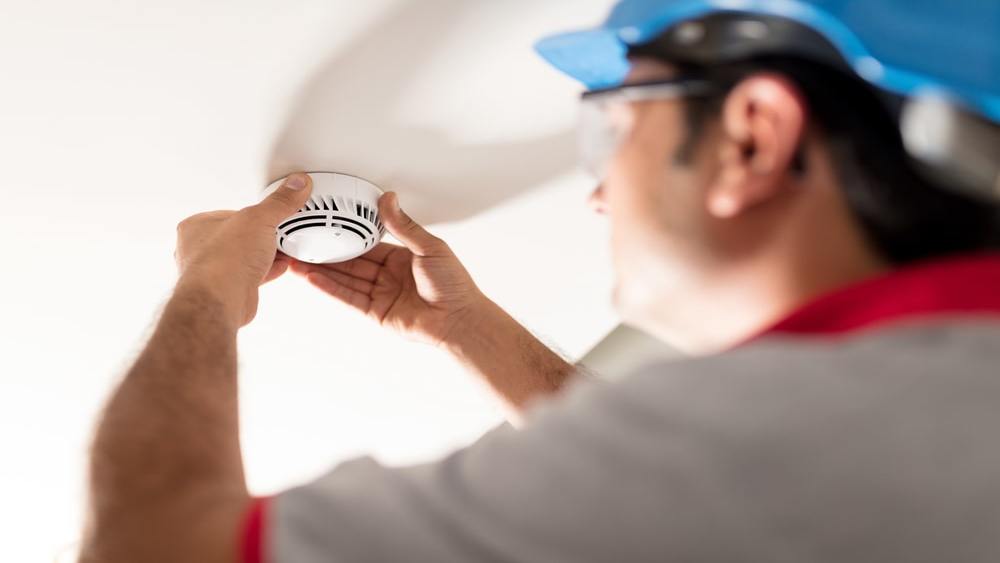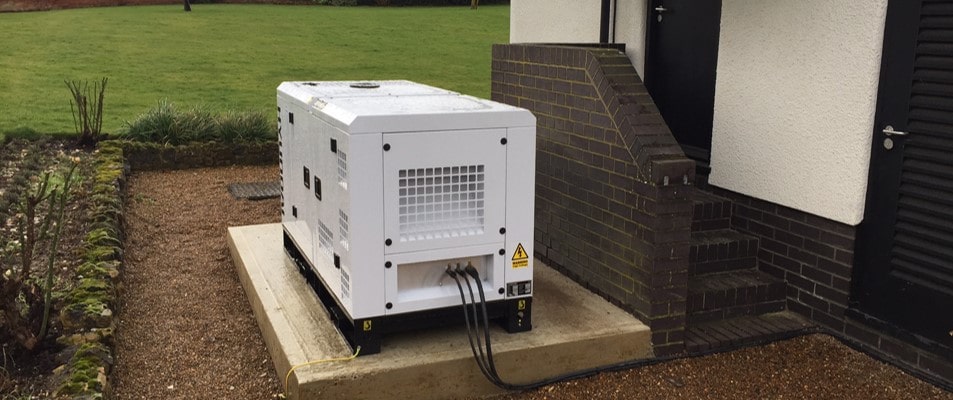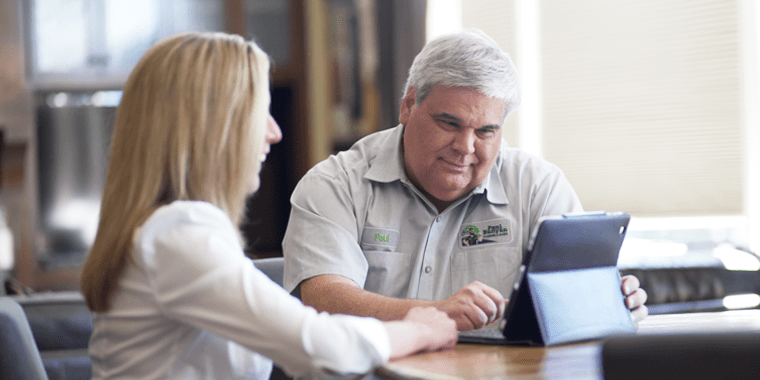FULL HOME SURGE PROTECTION
Lumberjack Electric has been the trusted name for home electrical services for the Twin Cities and surrounding area since 2013.
Get Started Now
Schedule Your Appointment Online Today!
Lumberjack Electric has always been focused on ensuring your family is comfortable and safe by keeping your home’s electric systems in good working order.
- Certified, experienced professional electrician to serve all your home electrical needs
- 24/7 emergency repair service to prevent damage to your home
- Fully stocked electric service and maintenance vehicles so we have what we need
- Prompt, friendly service throughout the Twin Cities and beyond
- Backing what we sell with warranties and fast responses
- Money-saving Legendary Care Club preventive maintenance programs
- Your satisfaction is 100% guaranteed
FULL HOME SURGE PROTECTION FROM LUMBERJACK ELECTRIC
A power surge at the wrong time can damage thousands of dollars of your favorite toys and computer equipment. Lumberjack Electric can install reliable whole home surge protection. One device can keep power surges caused by lightning strikes and accidents, keeping all the devices, computers, electronics, and electric appliances in your home or business from being damaged.
Contact us today to schedule a conversation about your options for protecting you and your home from power surges.
Electric Installation Overview
PROTECTING YOUR HOME & FAMILY
Safety systems can alert you to a fire or other problem in plenty of time to get your family to safety and minimize damage to your home. From smoke and carbon monoxide detectors to complete safety inspections, turn to the Lumberjack team.
Learn more
BACKUP GENERATORS
When the power goes out these days, it’s more than a nuisance — it makes it impossible to accomplish everything you need to do. That’s why more Minnesota homeowners are adding backup generators that protect their homes and families when outages occur.
Learn more
LEGENDARY CARE CLUB MAINTENANCE PROGRAM
Properly maintaining your home’s electrical, heating, cooling, and plumbing systems keeps them operating efficiently and safely, reducing the potential for breakdowns and repairs. We offer a variety of maintenance options that also include priority service and discounts.
Learn more
EXTERIOR LIGHTING SOLUTIONS
Outdoor lighting can accent your home’s beauty and increase your sense of personal security. Our certified electricians can recommend exterior lighting and systems that will add to your home’s value and restore your peace of mind.
Learn more





